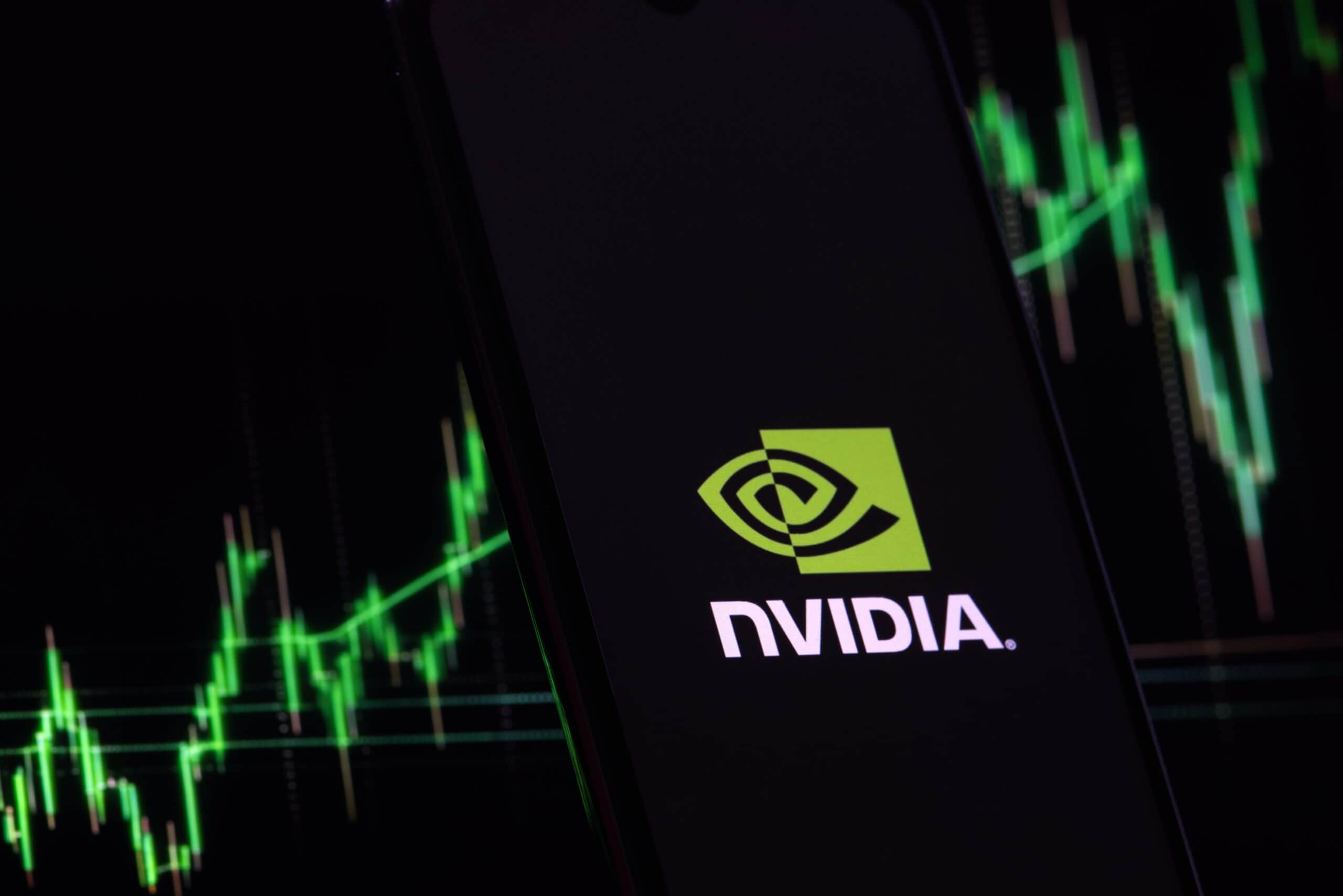Key takeaway
- Nvidia announced Blackwell Ultra (2025), Vera Rubin (2026), and Rubin Ultra (2027) with massive performance upgrades.
- These next-gen GPUs promise up to 100 petaflops of FP4 inference and expanded HBM capacity, driving AI advancements.
- CEO Jensen Huang remains confident in Nvidia’s dominance, expecting data center AI spending to hit $1 trillion soon.
Nvidia (NVDA) stock bounced back by over 1.52% on Wednesday, as analysts left the GTC 2025 event feeling reassured about the company’s AI roadmap. While the event didn’t immediately excite investors, Wall Street is staying upbeat, which lends its weight to Nvidia’s continued leadership in AI computing.
Nvidia recent Price: Yahoofinance
Though there are broader concerns about future demand for longer term and more efficient models reducing hardware needs, Nvidia CEO Jensen Huang talked about a roadmap that analysts say cements the company’s dominance. Atif Malik of Citi reaffirmed his Buy rating, calling Nvidia the “king of the hill.”
The Road Ahead: New Chips and a $1 Trillion Market
During the keynote, Huang announced a series of AI chip releases:
- Blackwell Ultra (2025)
- Vera Rubin (2026)
- Vera Rubin Ultra (2027)
Blackwell Ultra (scheduled for launch late 2025), offering 20 petaflops of AI performance and comes equipped with 288GB of HBM3e memory, an upgrade from the previous 192GB in the standard Blackwell version.
Vera Rubin, set to lunch in the second half of 2026. This upgrade is said to come with major uplifts such as 50 petaflops of FP4 inference performance per chip. This significant increase responds well to fast surging demand for powerful AI computation.
Vera Rubin Ultra, Scheduled for 2027, is set to come with special chip designs that effectively combine Rubin GPUs, doubling the compute area and delivering 100 petaflops of dense FP4 performance. This model also has its HBM capacity increased, pushing it over 1 Terabyte with nearly 3.5 times more than regular Rubin Ultra.
With a projected $1 trillion data center market for AI computing, Huang remains very confident that Nvidia hardware will be at the center of the industry’s evolution. Analysts from Raymond James and Bernstein share that confidence, noting that Nvidia’s technology gap vs. competitors is widening.
Will Efficiency Kill Demand? Analysts Weigh In
A major concern in the AI field is that making models smaller and more efficient cuts the need to use high performance GPUs. Huang directly talked about this matter saying that higher overall model complexity is likely to drive more computational demand and that this will benefit Nvidia in the long run.
Harlan Sur of JPMorgan agreed, stating that innovation in artificial intelligence models will actually drive even more demand for chips.
Still, not everyone is convinced, Jefferies analyst Blayne Curtis points out that comparison between Nvidia’s GPU and ASIC chips is lacking and it looks like some updates coming up such as Vera Rubin in 2026 only provide small improvements
Market Challenges: Nvidia vs. Broader Tech Selloff
While experts remain excited about Nvidia, the company isn’t exactly immune to some external factors. Its shares have fallen over 15% in the past month, partly due to broader tech selloff brought by economic uncertainty under the Trump administration.
However, while Huang has set out an ambitious path and analyst confidence remains high, it seems that Nvidia’s future in AI looks bright and secure despite the occasional ups and downs in recent stock movements.
Read also: Amazon’s Performance Through Recessions and Market Shifts






